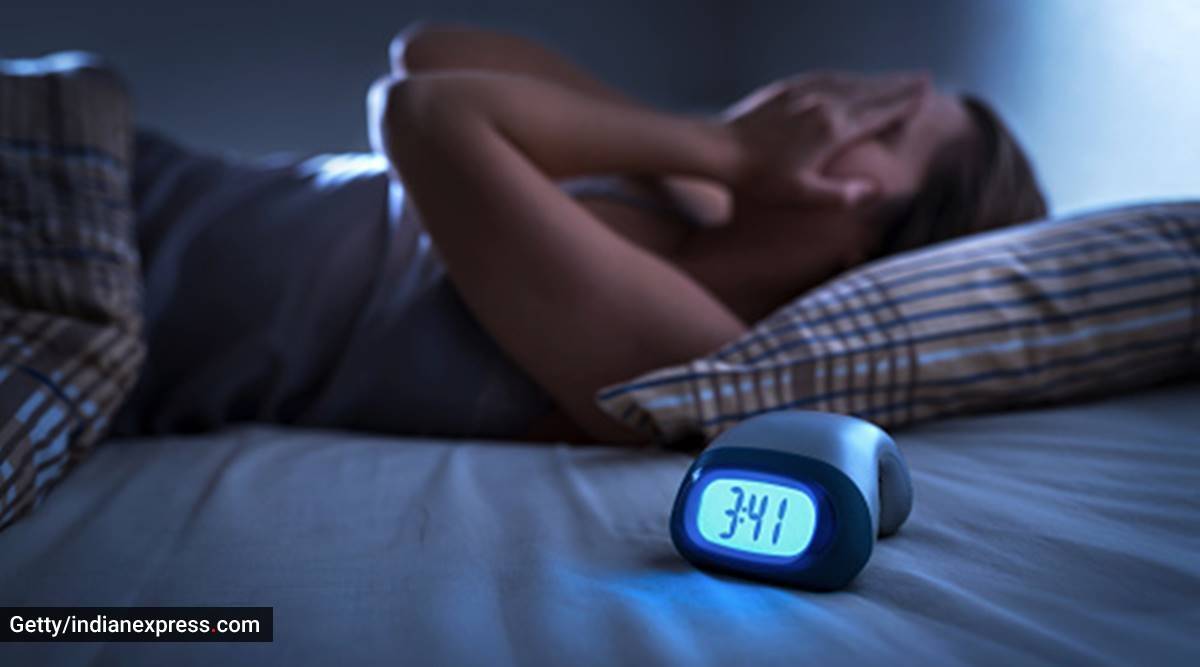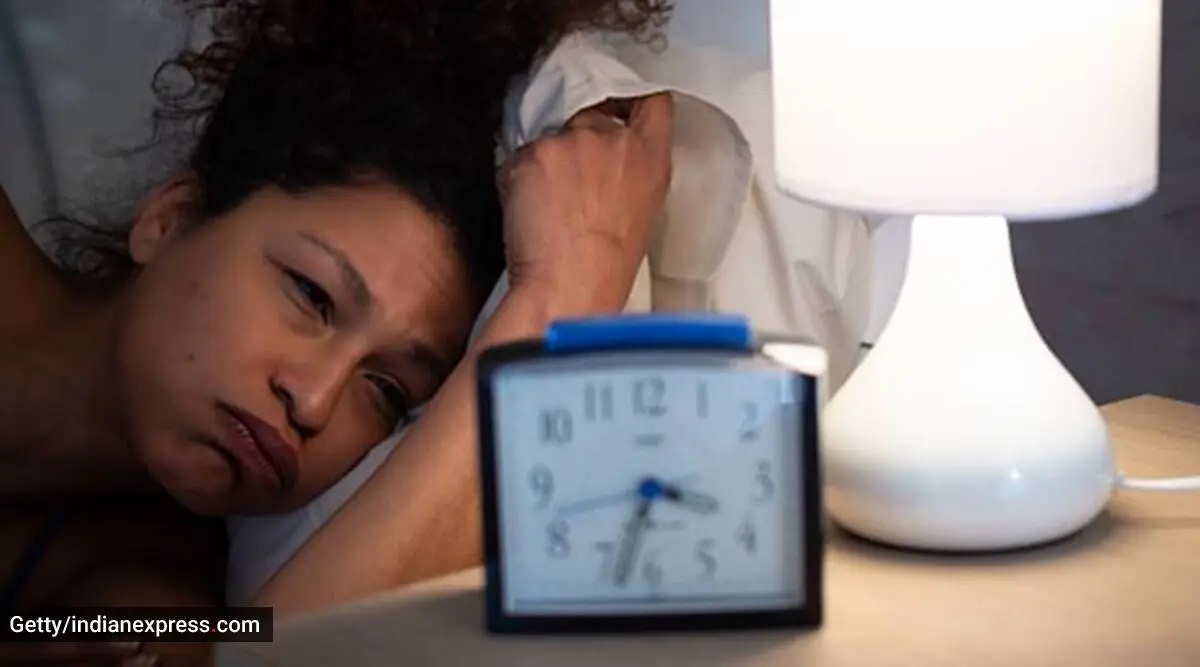do you fight for fall asleep every night and end up spending most of your time in bed tossing and turning? We suggest you try the 10-3-2-1-0 sleep rule which experts say “is a simple approach to remembering some healthy practices before bed.” But if you still can’t get any sleep, Dr. Andrew Weil, an expert in integrative medicine, has a solution: the 4-7-8 breathing rule, which he also describes as a “natural calmer for the nervous system.”
The technique, which finds its inspiration in the yogic breathing technique of Pranayama, “it is the perfect portable antidote for stress, since it puts the practitioner in a relaxed state almost immediately,” writes the expert on his website. “Unlike tranquilizing drugs, which are often effective when you first take them but then lose their power over time, this exercise is subtle when you first try it, but gains power with repetition and practice.” add.
How to fall asleep quickly.
The 4-7-8 method (backed by science):
— Ben Meer (@SystemSunday) October 5, 2022
According to him, “Practicing a regular, mindful breathing exercise it can be calming and energizing and can even help with stress-related health issues ranging from panic attacks to digestive disorders.”
How to do the 4-7-8 exercise (or relaxing breathing)
Dr. Weil’s website notes that the 4-7-8 breathing exercise is absolutely simple, takes almost no time, requires no equipment, and can be done anywhere.
“Although you can do it in any position, sit up straight as you learn the exercise. Place the tip of your tongue against the ridge of tissue just behind your upper front teeth and keep it there throughout the exercise. You will be exhaling through the mouth around the tongue; try pursing your lips slightly if this seems uncomfortable,” she said.
How to do?
*Exhale completely through the mouth, making a hissing sound.
* Close your mouth and inhale calmly through your nose until you mentally count to four.
*Hold your breath while you count to seven.
*Exhale fully through your mouth, making a whooshing sound as you count to eight.
*This is one breathing cycle. Now inhale again and repeat the cycle three more times for a total of four cycles.

“Keep in mind that with this breathing technique, you always inhale silently through your nose and exhale audibly through your mouth. The tip of the tongue remains in its position at all times. Exhalation takes twice as long as inhalation. The absolute time you spend on each phase is not important; the 4:7:8 ratio is important. If you have trouble holding your breath, speed up the exercise but keep the ratio of 4:7:8 for all three phases. With practice, you can slow down and get used to inhaling and exhaling more and more deeply,” mentions his site.
How often should you do it?
*Do it at least twice a day.
*You can’t do it too often.
*Do not take more than four breaths at a time during the first month of practice.
“Later, if you want, you can extend it to eight breaths. If you feel a little dizzy when you breathe this way for the first time, don’t worry; it will pass,” he added.
He added that the technique also helps calm nerves. “Use it whenever something upsetting happens, before you react. Use it whenever you are aware of inner tension or stress. Use it to help you fall asleep. This exercise cannot be highly recommended. Everybody can benefit from it,” she added.
But does it really help you sleep better?
Dr. Ashish Kumar Prakash, Consultant, Sleep and Respiratory Medicine, Medanta Hospital Gurugram, said indianexpress.com Although “there are no scientific data”, this technique can be considered a “good practice to relax the mind”. “Although it claims to promote good sleep, there is no evidence of its effectiveness in obstructive sleep apnea, most common sleep-related breathing disorder. As such, this practice is for calming the mind only and can be considered a good way to relax the body and mind, making it easier to fall asleep,” he said.
Granted, Dr. Narendra Shetty, Director of Wellness at Kshemavana, said that the main goal of this technique is to “regulate the brain waves, in terms of synchronizing and channeling them, to become organic.” deep sleep by inducing the release of natural endorphins and serotonin without forcing the physiology.”
However, Dr. Animesh Arya, Senior Consultant and HOD, Respiratory and Sleep Medicine, Sri Balaji Action Medical Institute, cautioned against “overusing it for daily stress.” “This fight or fear response can help you survive, but it can be detrimental to your health if overused for everyday stresses. In case of excessive stress or discomfort, a person should consult an expert to find out the real cause and start treatment immediately,” said Dr. Arya.
📣 For more lifestyle news, follow us on Instagram | Twitter | Facebook And don’t miss the latest updates!
!function(f,b,e,v,n,t,s)
{if(f.fbq)return;n=f.fbq=function(){n.callMethod?
n.callMethod.apply(n,arguments):n.queue.push(arguments)};
if(!f._fbq)f._fbq=n;n.push=n;n.loaded=!0;n.version=’2.0′;
n.queue=[];t=b.createElement(e);t.async=!0;
t.src=v;s=b.getElementsByTagName(e)[0];
s.parentNode.insertBefore(t,s)}(window, document,’script’,
‘https://connect.facebook.net/en_US/fbevents.js’);
fbq(‘init’, ‘444470064056909’);
fbq(‘track’, ‘PageView’);
.
